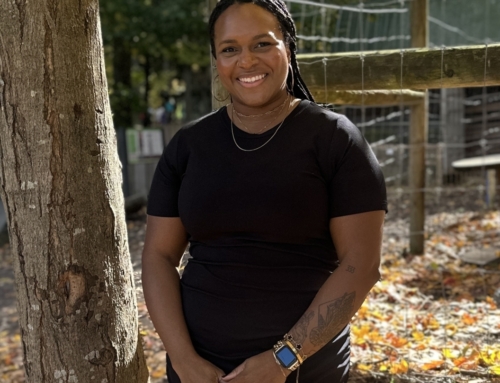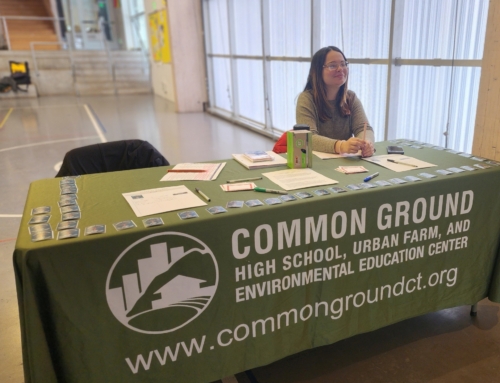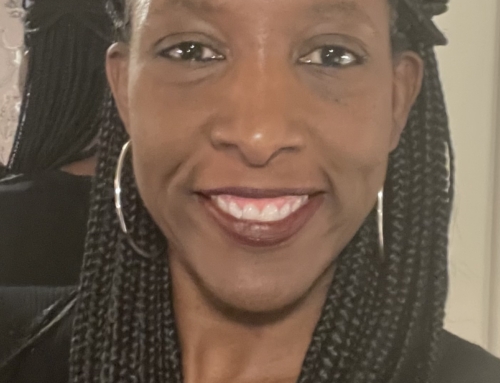Editor’s note: Lisa Graustein, an amazing educator at Codman Academy in Dorchester, Massachusetts, shared the guidelines below with teachers and other people who are working with young people in the wake of this year’s election. At a time when we and many of our students are feeling strong emotional reactions to the results of the elections — including being personally targeted and threatened by what’s happened — we found this is advice to be incredibly helpful.
Step 1: Take Care of Yourself
Please take care of yourself. It is much easier to be supportive of students and families when you are in a good space. We offer the following for self-care:
- Plan lessons for Wednesday that don’t require as much of you or the students as on a regular day – maybe more time for reading, cleaning out binders/desks, watching a video directly connected to your learning targets, etc. Something that is engaging, but can be done with a little less energy.
- Use your break time to take a break. Seek out spaces that are kid-free and take some time to breathe, connect with a colleague or loved one, read an escapist book, watch Key & Peele – whatever your thing is. If the weather is nice, make use of outside spaces. Even if it is chilly, fresh air and plants are good for us.
- The APA and other clinical groups are highly recommending limiting social media and media exposure as that activity generally heightens stress and anxiety around challenging issues.
- If you need a break, ask for support to get one. Be gentle with yourself and your students.
- When checking in with a colleague or friend, let them know if you just need to vent, want feedback, want suggestions, want a hug, etc. Being clear about what you need allows others to best support you.
Step 2: Gauge Where Students Are
Some students may be upset, some students may not care at all, and some students may not let us know what they are thinking or feeling. Our job is to provide space for students to express themselves and get support.
Start with a check-in in morning circle, as a free-write do now, or in table shares.
Give space for students to name feelings they have, while reminding everyone that it is OK for people to have different feelings.
Help students who are having big feelings identify resources: people they can talk to, ways to calm their bodies, using art or journaling to express themselves, etc.
Step 3: Provide Accurate Information
There is a lot of misinformation out there and the media frames things for the most intense impact. Give space for students to share what their concerns and understandings are and then correct misinformation.
Make sure students know that there are 3 branches of government to provide checks and balances on each other. The President cannot act with impunity.
Reframe statistics to be accurate for reality.
If students are worried about specific issues like immigration rights, safety, etc., make a list of all the organizations and groups that are working to protect those rights, ensure safety, etc. Help students identify people they know who are working to keep them safe and secure.
Only address the concerns that students are raising, we do not need to introduce new concerns or fears. Rather, we calmly address the ones that they do have.
Step 4: Pivot to Action We Can Take
Once students have had a chance to process feelings and you have had the opportunity to address misinformation, pivot the discussion to what we can do – both politically and for ourselves.
Offer an age-appropriate list of self-care practices or make a brainstorm list of healthy ways to care for oneself. Invite students to take some time to practice something from your list.
Explain how students can call our Congressional Reps and Senators to express our views and request their advocacy for issues we care about.
Help students identify actions they can take on the issues they are most concerned about.
It is fine to share an issue that you care about and what you do to move that issue forward as an example. Ask students to share examples of other people they know who are working for positive change.
Step 5: Check-In with a Colleague or Friend
We all process in different ways and at different speeds, make sure that you take time at the end of the day to check-in with a work buddy, personal friend, or family. Students may say things – or not – that we find upsetting and talking those things through with another adult allows us to be supportive of the students. Be gentle with yourself and offer support to others as you are able.








Leave A Comment